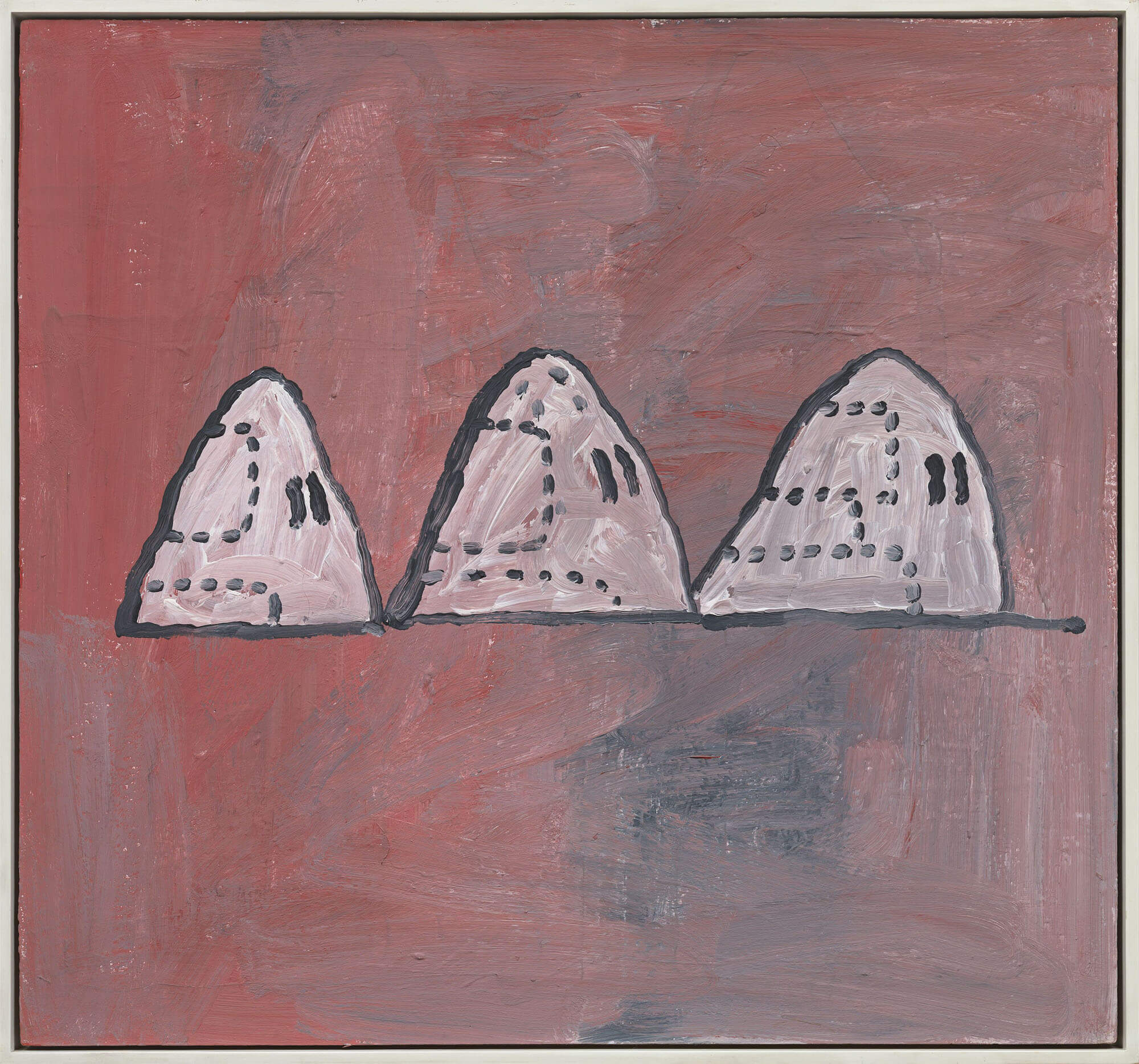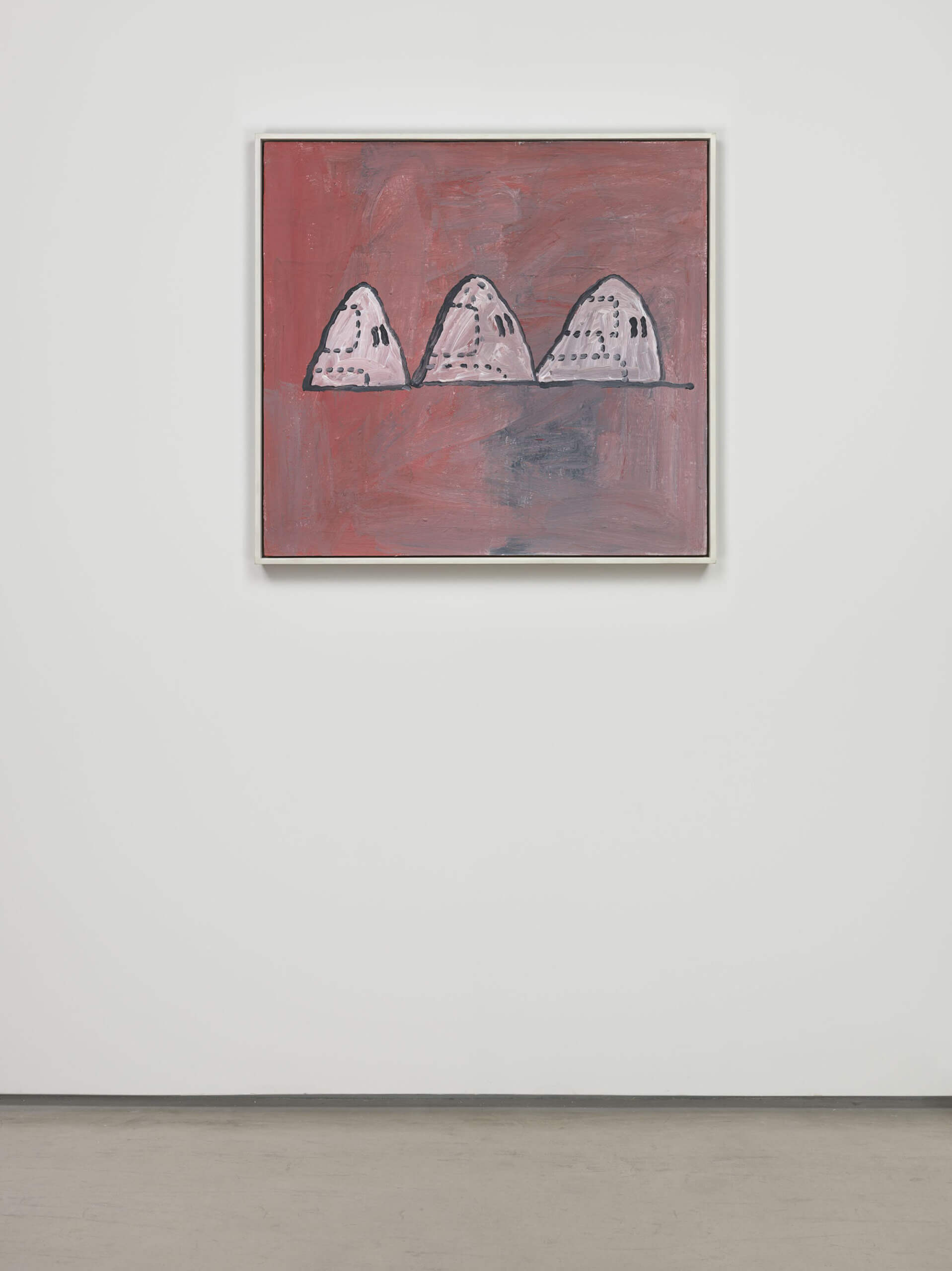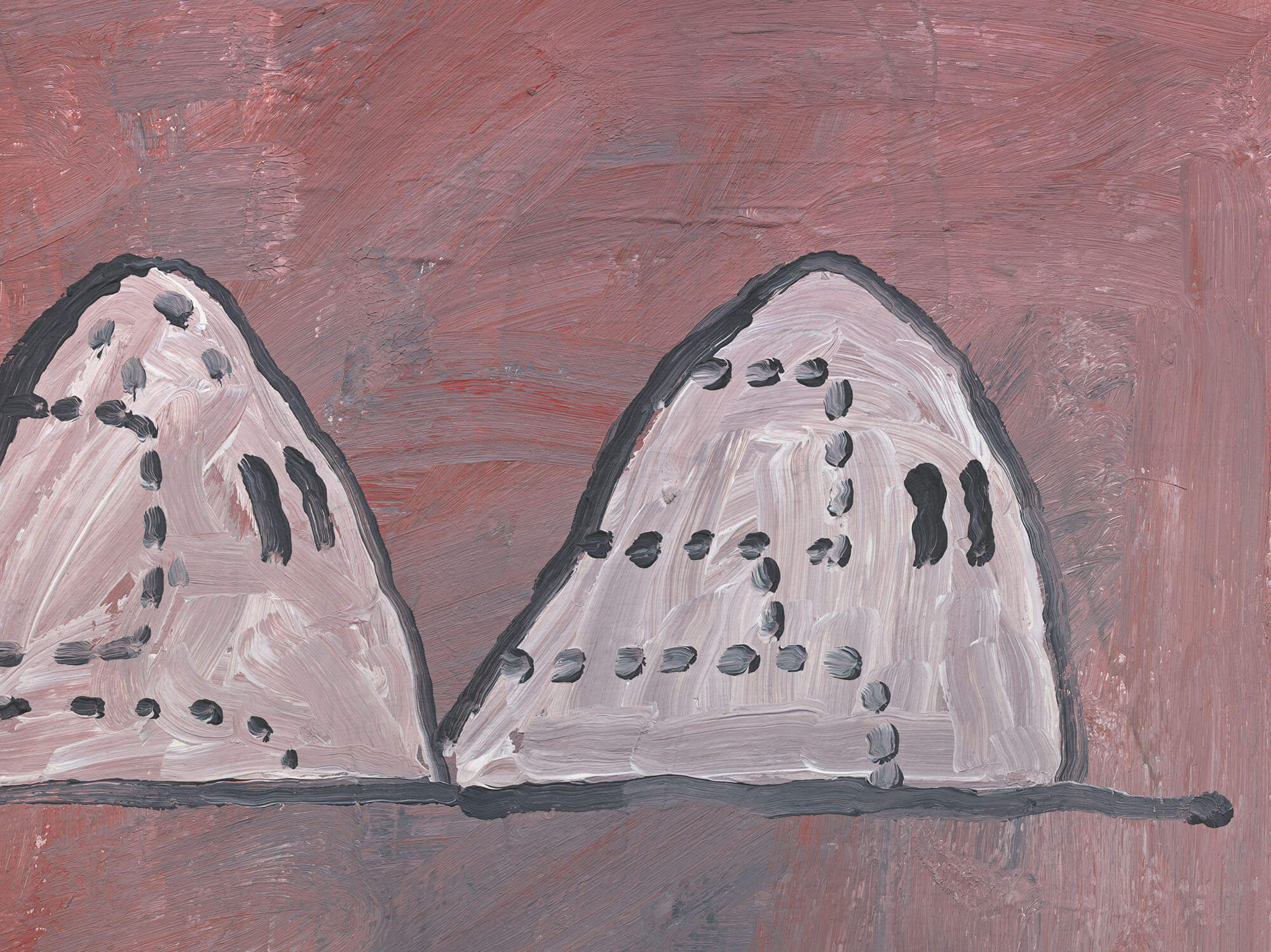
Philip Guston
Untitled
Untitled
Untitled 1968 Acrylic on panel 76.2 x 81.28 cm / 30 x 32 in
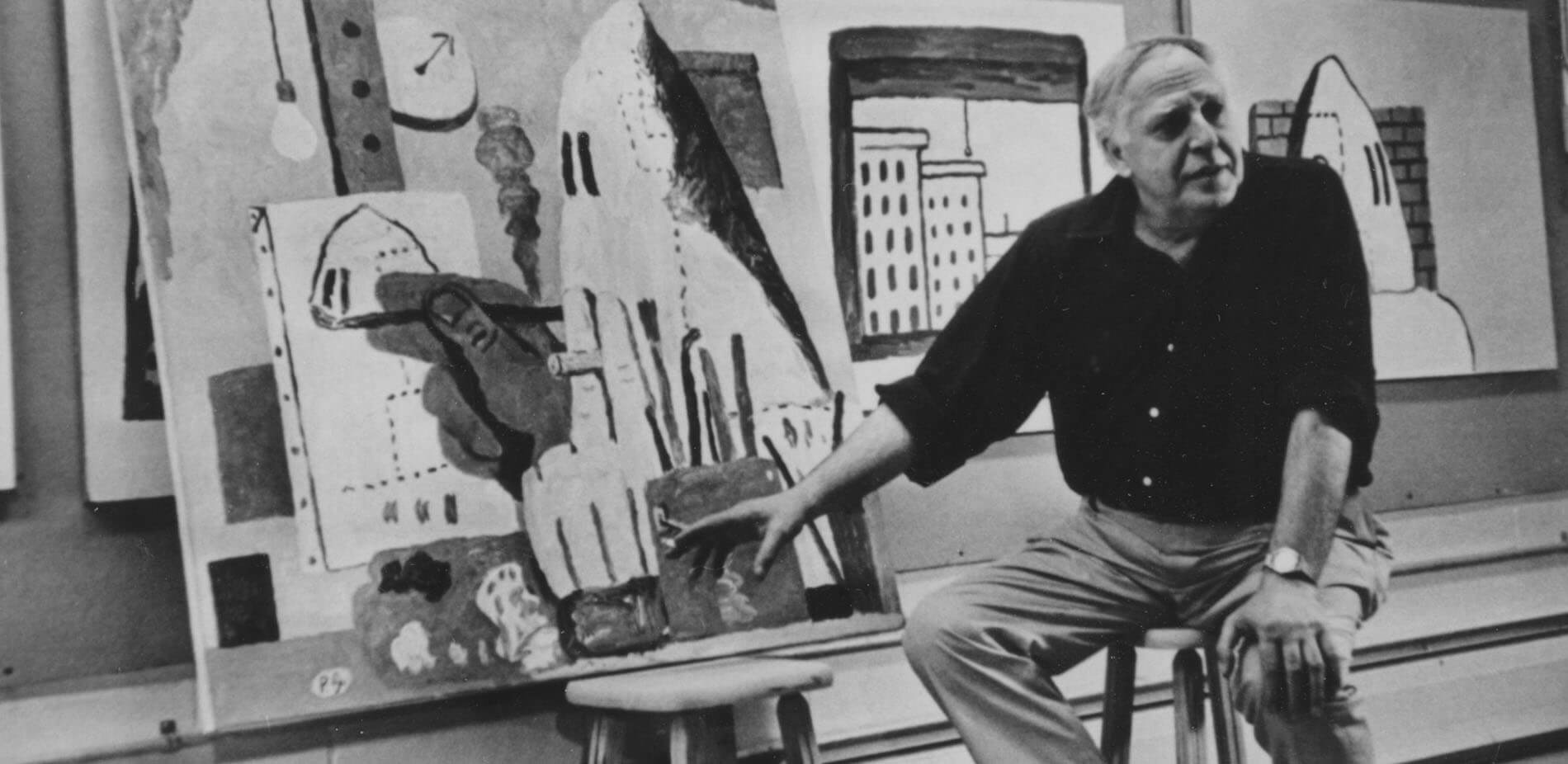
Philip Guston
Philip Guston (1913 – 1980) is one of the great luminaries of twentieth-century art. His commitment to producing work from genuine emotion and lived experience ensures its enduring impact. Guston’s legendary career spanned a half-century, from 1930 to 1980. His paintings – particularly the liberated and instinctual forms of his late work – continue to exert a powerful influence on younger generations of contemporary painters
Untitled
The civil unrest that plagued Philip Guston's childhood permeated his work like ink in water. Born Philip Goldstein to Jewish immigrants from Odessa who had fled the Russian pogroms, Guston grew up in Los Angeles in a period of rampant Ku Klux Klan activity in the area. The KKK was able to brazenly carry out attacks against African Americans, Jews, Catholics and other minorities while openly participating in local government as respected civic leaders—in Anaheim, on the outskirts of Los Angeles, the KKK was the dominant political force in the early 1920s, with Klansmen holding four of five City Council seats until 1924. Depictions of masked and hooded figures—which the artist referred to as 'hoods'—emerged very early in Guston's career in work from the 1930s. These figures were both overt references to the Klansmen as symbols of oppression as well as a general commentary on the rise of right-wing extremism.
The social upheaval of the 1960s, from the war in Vietnam to the Democratic convention in Chicago, left Guston 'feeling split, schizophrenic'. 'What kind of man am I, sitting at home, reading magazines, going into a frustrated fury about everything—and then going into my studio to adjust a red to a blue', wondered the painter from the quiet of his studio in Woodstock, New York. [1] In 1968 Guston's growing antagonism toward abstraction led him to return to figurative work after decades of success and renown as an Abstract Expressionist painter. The iconography of the hooded figure resurfaced in this late work, particularly in the period from 1968 to 1971, as one of the artist's most recognizable and dominant motifs.
A roughly square panel painting with lines of a heavy, graphic weight, 'Untitled' (1968) features three white 'hoods' floating like bizarro portrait busts in a bruised pink plane. Underpainting of larger hoods is visible, evidencing Guston's painstaking revisionary process. The pose of the hoods, with their eye slits demurely cast to the side and patches on display, is indebted to the work of Italian Renaissance painters, particularly Piero della Francesca and Piero di Cosimo, who greatly influenced Guston. The combination of this classical pose with the cartoonishly rendered figures is ironic and even humorous. The later hoods took on new meaning for Guston as he contemplated the banality of evil and its visual language. The painter asserted, 'They are self-portraits...What would it be like to be evil? To plan, to plot.’ [2] In 'Untitled' anyone, including Guston or the viewer, could be under the white hood.
[1.] Phiip Guston quoted in Robert Slifkin, 'Philip Guston's Return to Figuration and the '1930s Renaissance' of the 1960s' in The Art Bulletin, Vol. 93 No. 2, 2011, p. 220.
[2.] Philip Guston quoted in 'Philip Guston Paintings 1969-1980', London/UK: Whitechapel Art Gallery, 1982, p. 54.
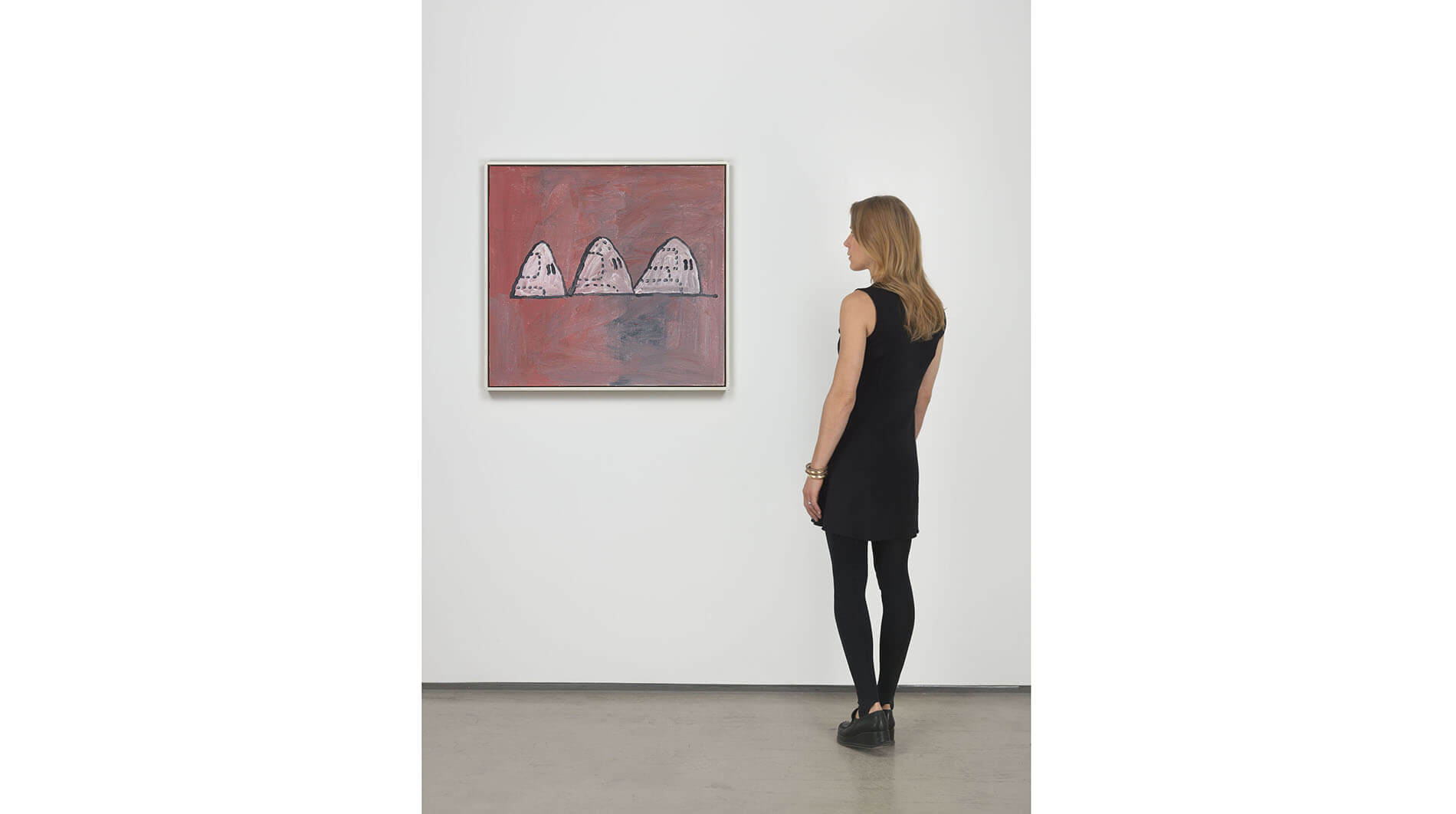
Celebrating Basel Basel
By 1968, Guston had abandoned abstraction altogether, rediscovering the narrative power he had known as a young man in his murals and early figurative works, newly informed by a painterly sensibility forged in abstraction. This liberation led to the most productive period of his creative life. In part, they were related to the Ku Klux Klan, an American white supremacist group with a long history of lynching and racial violence. A major exhibition of this period of Guston’s work titled ‘Philip Guston: Paintings 1969-1980’, was held just three years after his death in 1980 at Kunsthalle Basel, travelling from Whitechapel Gallery and Stedelijk Museum.
